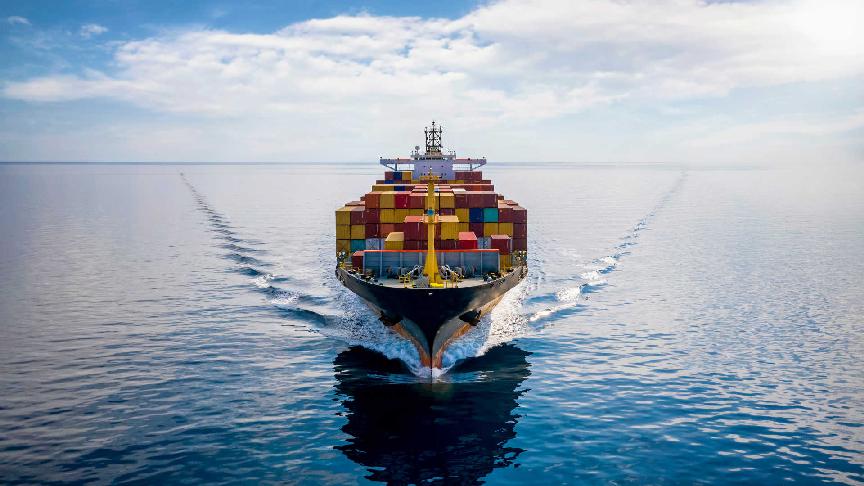13 June 2024 (Lloyd's List) - APM TERMINALS believes it has the ability to facilitate the Gemini partnership between its partners Maersk and Hapag-Lloyd, despite the current supply chain disruption that has seen a number of ports globally suffering from congestion.
The Gemini agreement is based on a hub-and-spoke model that will reduce the number of port calls made by larger ships on main lane trades in an effort to bring schedule reliability back above 90%.
But that model will require a far higher level of transhipment, as cargoes are feedered in and out of smaller ports that will no longer be served by larger vessels.
The theory makes sense, but will it work when the system has one of its snarl ups, such as the one it is undergoing now?
“We’re in the midst of another disruption with supply chains,” APMT vice-president Jack Craig told Lloyd’s List in an interview.
“You start with the Red Sea and throw a little bit of Baltimore on top of that, then you can’t transit the Panama Canal because of the water levels.
“But in APM Terminals we’ve been performing quite well throughout all this change. We’ve seen the swing of cargo volumes in a fairly short period of time but given the operational focus of the terminals we’ve been able to keep the networks and inland gateways quite fluid in comparison to what we see in some other places.”
He points to facilities such as Tanjung Pelepas, which despite some media reports, is “doing very well”, with vessel delays “nothing out of the ordinary”.
“And in our major gateways, like Elizabeth, we were able to take a lot of the overflow from the Baltimore situation,” Craig said. “Baltimore didn’t cause a huge swing but it came overnight and was not planned for.”
He puts that success down to the transformation of APMT from a portfolio company embedded in Maersk to an operating company in its own right.
“What we see today is the benefits of a lot of that work and focus,” he said.
“If we think about the Gemini network and our hubs, the level of planning and coordination that goes into running those networks is in a completely different world to what you see between Maersk and any other operator you would see at a gateway facility.”
That meant terminals in locations such as Tanjung Pelepas and Tanger Med were seeing their operating capacity increase even though their footprint remained the same, due to the level of coordination and planning APMT was able to do with its customers.
“It doesn’t mean it is on autopilot; it takes an awful lot of work,” Craig said. “But when we plan a terminal we plan it as part of the network.”
One of the criticisms of the Gemini model has been that it requires every link in the chain to work for the whole system to work, but Craig dismisses this.
“Yes, there are going to be events that happen, but because of the foresight and level of transparency we have about what is going on, then the ability to model that before it happens in practice, allows us to stay ahead,” he said.
“In the hubs, we go from being reactive to those situations — where you have a vessel arrive a day late and just have to figure it out — to knowing a week in advance that it is going to be a day late, and planning for that.”
That, combined with a “modular network”, allowed Maersk to break down the network into different components, creating more flexibility in managing exceptions, he said.
“When we operate the hubs in the way that the Gemini network see it, it is not so much about ship moves, it is about how we keep that container moving and the promises that were made to customers,” Craig said.
“It is the customer promise that drives how we decide to line up the vessels and in what sequence. This is different to the traditional terminal operation where boxes could get stuck in the terminal.”







